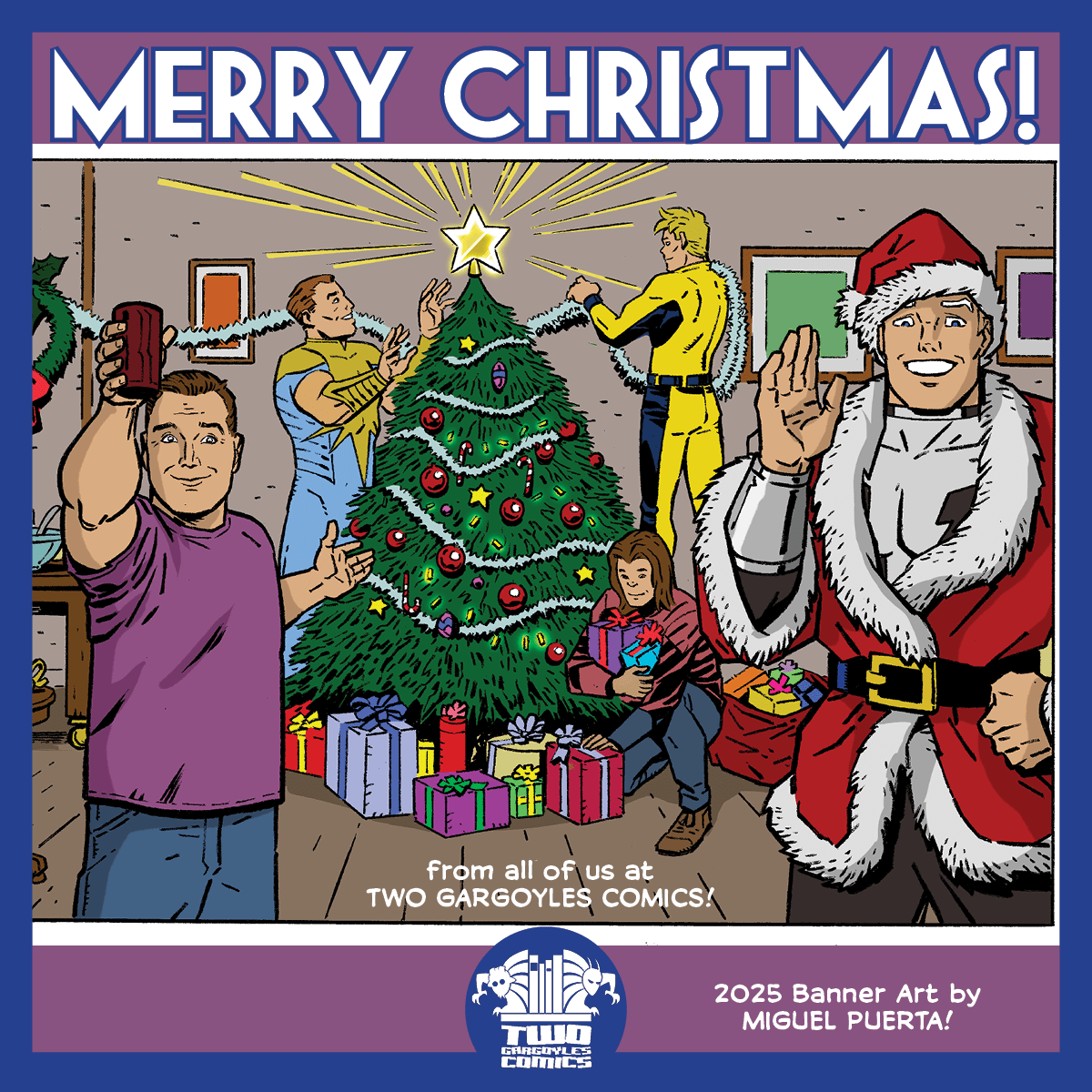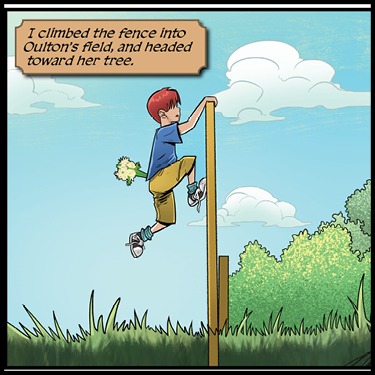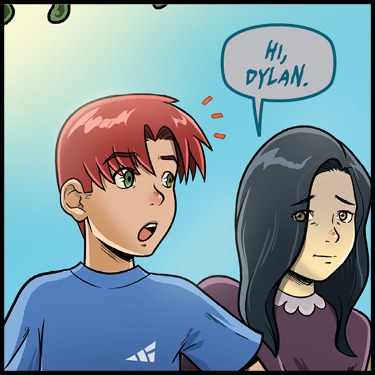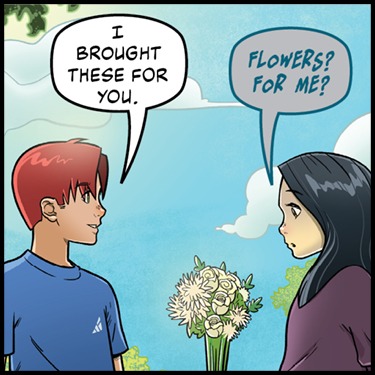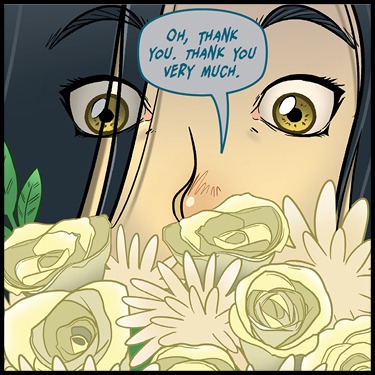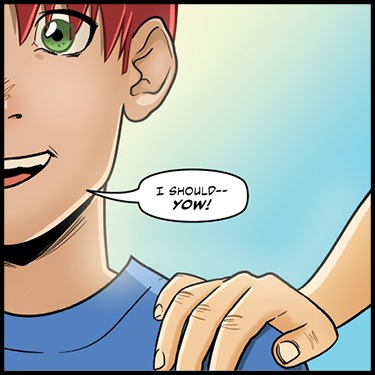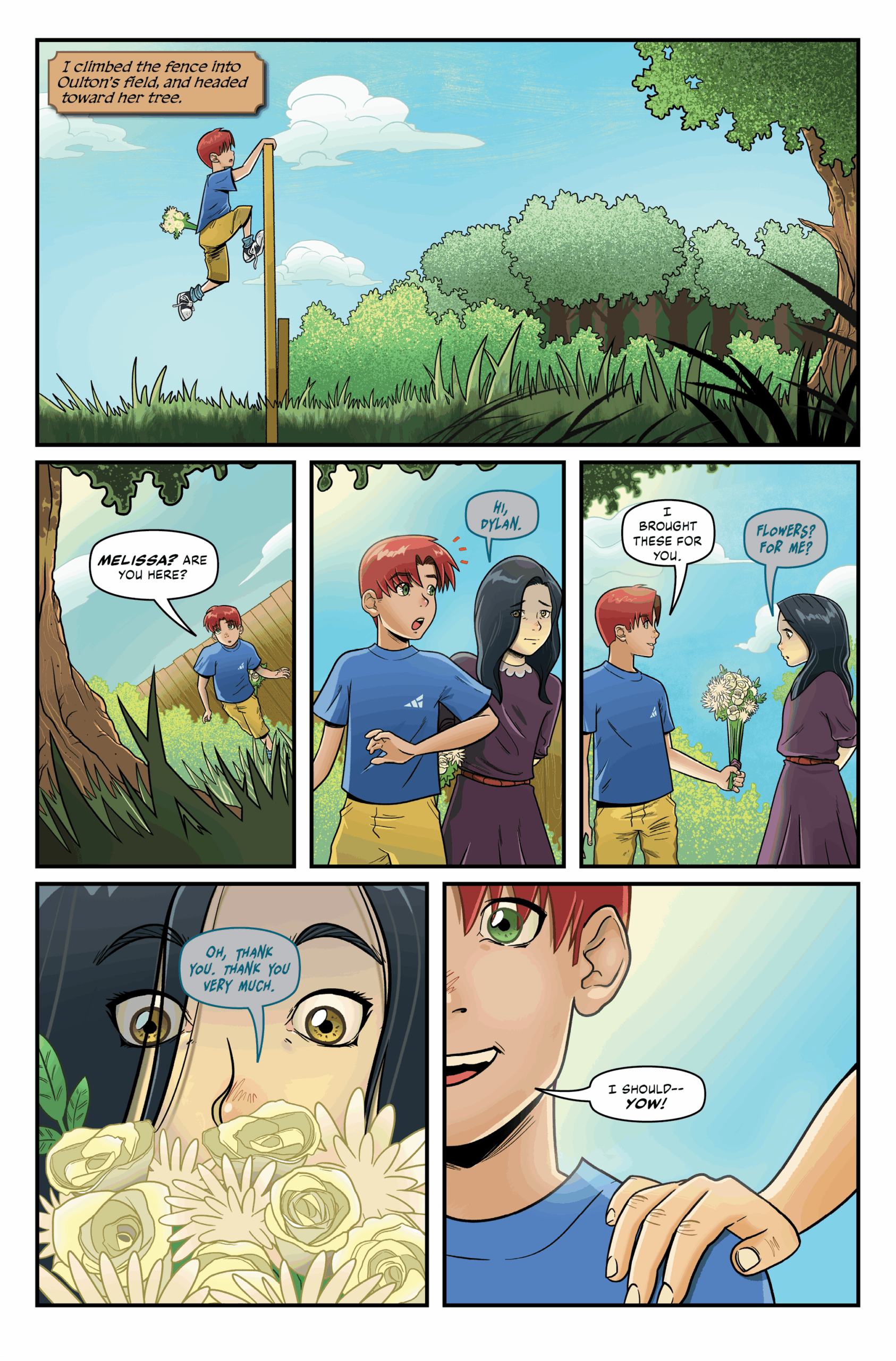I want to start sharing some of the stuff I’ve picked up along this journey of creating comics. I’m no master, and so I must eagerly recommend you check out such amazing resources as Words for Pictures by Brian M.…
Tag: how to
About Us
 “Twogargs” is an independent publisher of comic titles, including the genres of superheroes, comedy, horror, and urban fantasy… with more to come.
You can read all about each title and individual issue on this site using the main menu above. You can purchase digital copies of these comics right here on the site, and print copies at Indyplanet, or at DriveThruComics.
Two Gargoyles Comics is based in Alberta, Canada, and appears live at conventions in Western Canada and wherever else the winds take us!
“Twogargs” is an independent publisher of comic titles, including the genres of superheroes, comedy, horror, and urban fantasy… with more to come.
You can read all about each title and individual issue on this site using the main menu above. You can purchase digital copies of these comics right here on the site, and print copies at Indyplanet, or at DriveThruComics.
Two Gargoyles Comics is based in Alberta, Canada, and appears live at conventions in Western Canada and wherever else the winds take us!
Latest Comic!
Most Recent Comics!
-
1

COVEN COVE #1 Page 13
346 1441 Dec 11, 2025
-
2
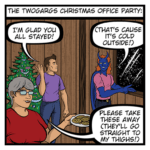
In The Wings: December 2025
258 15554 Dec 10, 2025
-
3
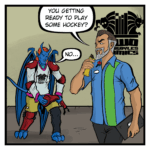
In The Wings: November 2025
254 15505 Dec 10, 2025
-
4
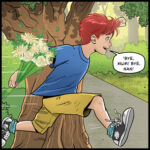
COVEN COVE #1 Page 12
281 1327 Dec 04, 2025
-
5

COVEN COVE #1 Page 11
281 1320 Dec 02, 2025
-
6

COVEN COVE Page 10
281 1311 Nov 27, 2025
-
7
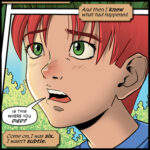
COVEN COVE #1 REVIEW!
1 0 Nov 25, 2025
-
8
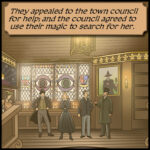
COVEN COVE Page 9
232 1250 Nov 06, 2025
-
9
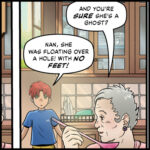
COVEN COVE Page 8
138 1043 Nov 04, 2025
-
10

COVEN COVE Page 7
139 1060 Oct 30, 2025
Scheduled Comics!
Products
-
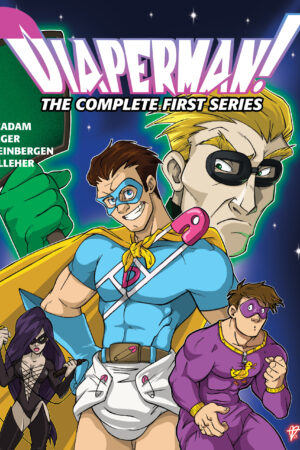 Diaperman Vol 1
$9.99
Diaperman Vol 1
$9.99
-
 Diaperman Vol 2
$9.99
Diaperman Vol 2
$9.99
-
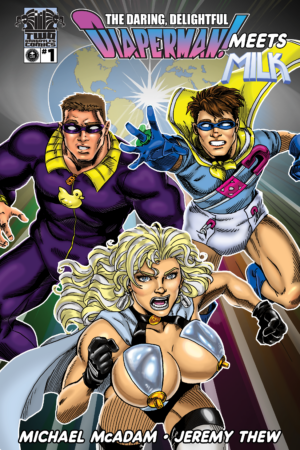 Diaperman Meets Milk
$4.99
Diaperman Meets Milk
$4.99
-
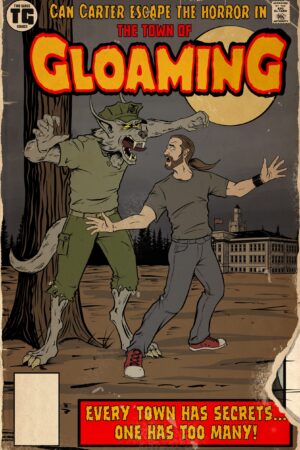 Gloaming Vol 1
$9.99
Gloaming Vol 1
$9.99
-
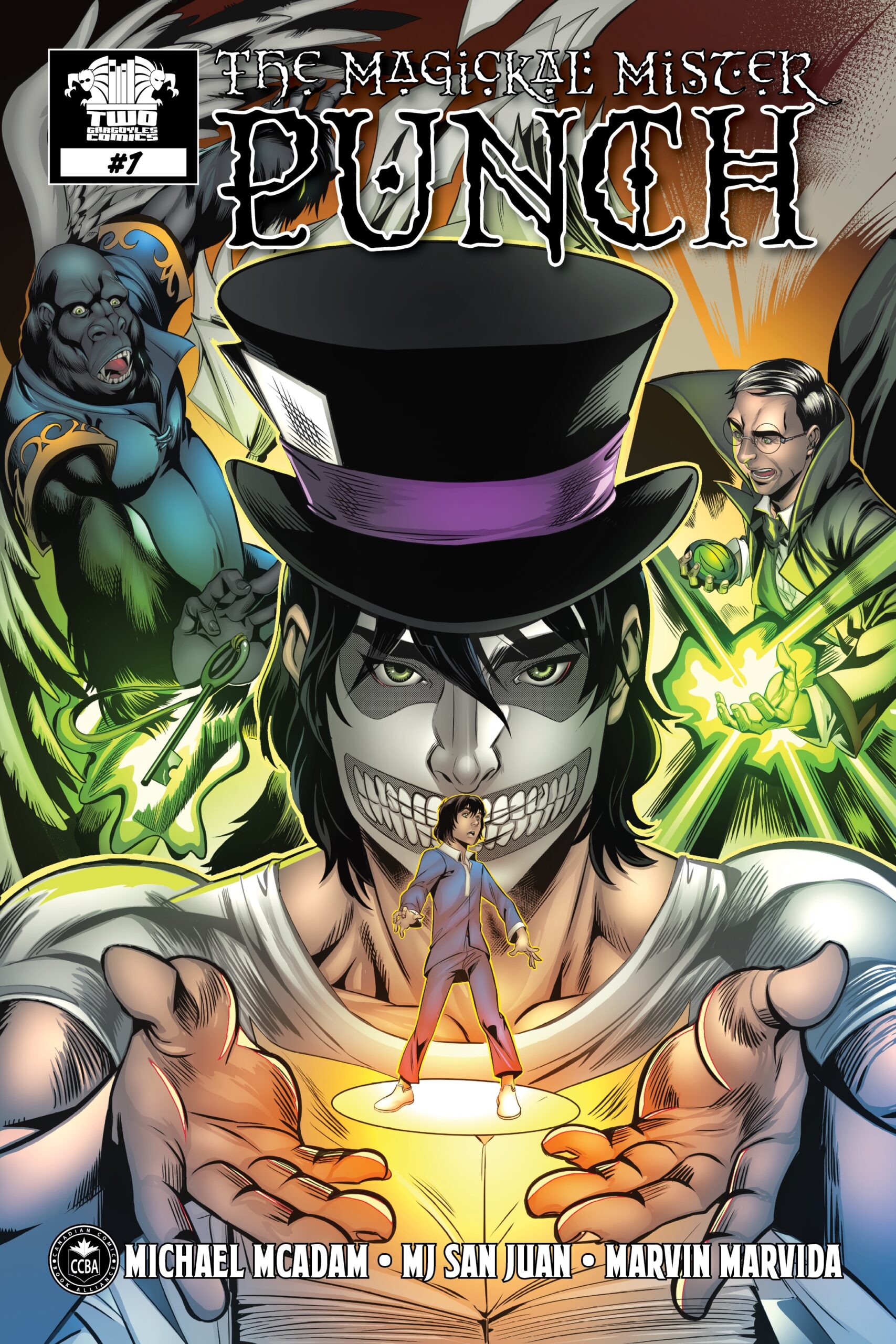 Magickal Mister Punch #1
$1.99
Magickal Mister Punch #1
$1.99

